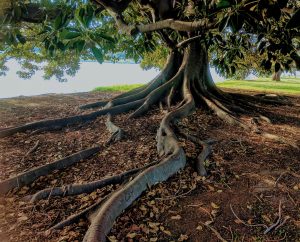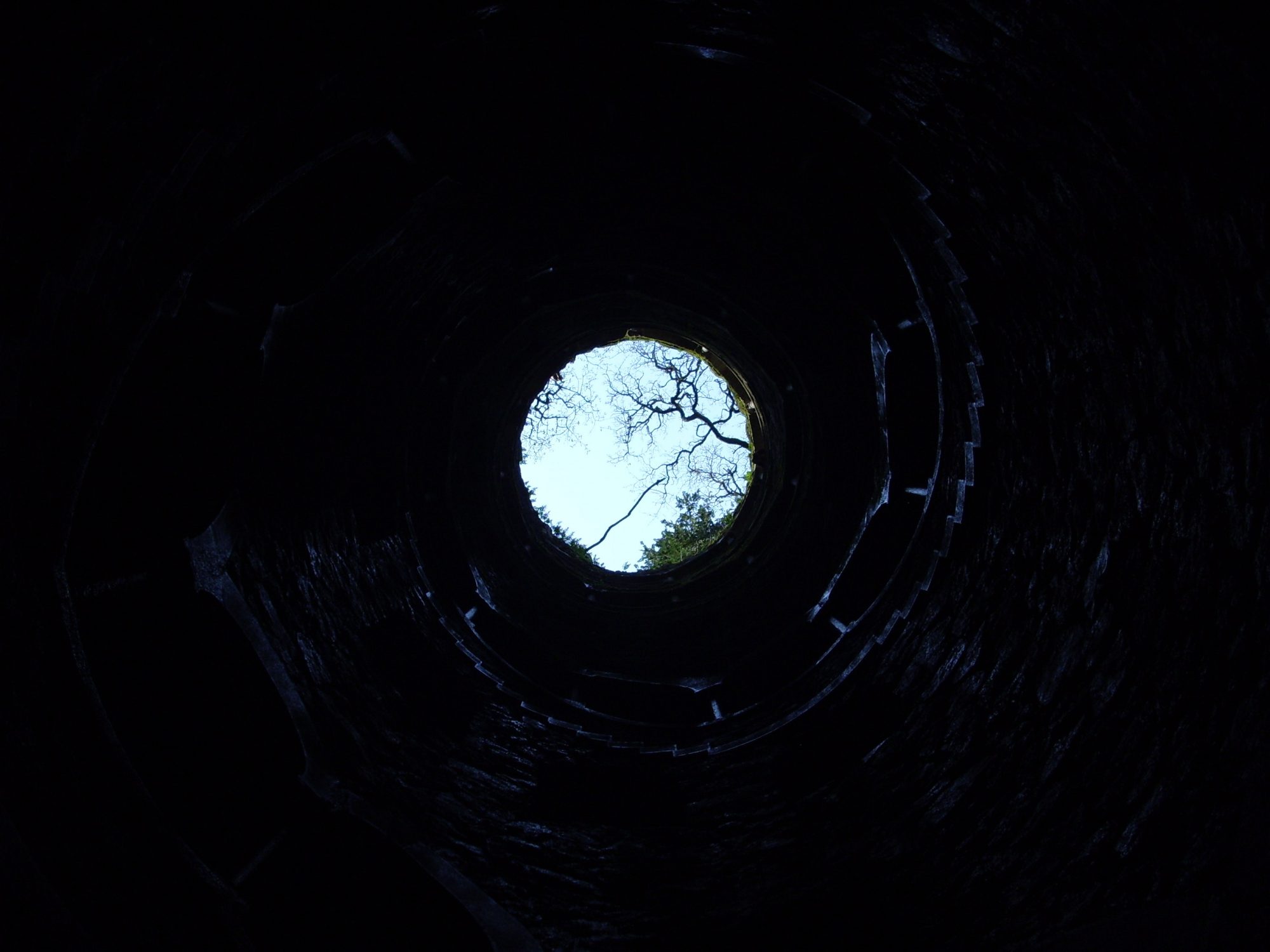Types of Invasive Tree Roots
Trees have bountiful benefits to us and the environment. They provide us with shade and the fruit-producing species provide us with food. As for the environment, trees are basically like a cornerstone of the ecological cycle. In as much as trees may be beneficial at times, they can also be destructive. Some trees have very aggressive roots that are in constant search for water and nutrients.
The resulting consequence of this is damage to underground piping systems, cracking sidewalks, and pavements. Tree roots are one of the most common causes of a blocked underground drain. When planting trees, it is important to know the rooting system of each tree. Some trees require large volumes of water to grow and may use the roots to seek it if it is in low amounts. The rooting system of an average is almost the same size as the upperparts and at times can even be larger. In a nutshell, there is another tree system as large as the one you are seeing. The only difference is that it is below the ground. This article will highlight some of the trees that are notorious for having invasive root systems.
Weeping Willow
Willows are known for their tough wood and beauty. The slender branches give it an appealing appearance that will make you fall in love with the tree at first sight. The only disadvantage that comes with planting this tree near your home is its rooting system. Willows require more than the average amount of water to grow. As a result, the roots will stretch as far out as the nearest source of water. If there is no source of water available the roots may invade your septic tank and other pipes that may have water in them. This may result in blockage and in worst-case scenarios, the tree roots in the drains may break the pipes causing leakage.
Silver Maple
The silver male maple is also another type of tree that is very beautiful. Its leaves give it aesthetic properties that are very rare to find in other species of trees. They are also known to be very colourful making them very attractive. The beauty of the silver maple should however not deceive you as the roots have a hidden surprise for you. This type of tree is known to have a shallow seated fibrous root system which can be very destructive to sidewalks and pavements. The roots will continuously creep throughout the compound destroying anything that may be standing on their way.
American Elm
American elms love to stay green this means that they need a constant supply of water throughout the year. This gives their roots the moisture-loving property which makes them very invasive. They have very large root systems that are equally shallow. This makes it very easy for them to invade sewer lines and underground drain pipes. Their destructive roots can also be seen in action in the way they break through pavements and damaged sidewalks.

Hybrid Poplars
As the name suggests Hybrid poplars are fast-growing trees obtained from crossbreeding different species of trees. The fast growth rate is highly dependent on a good supply of water and soil nutrients. For this reason, Hybrid Poplars have very aggressive roots that are constantly in search of water nutrients.
Like most trees with invasive roots, the roots of Hybrid Poplars are shallow seated. The shallow seated roots can damage sidewalks and can also be a trip hazard in the compound. In addition, it also has a tap root system that can dive very deep into the soil damaging anything it may find on sight. To avoid this it is recommended that these trees be planted far away from sidewalks, pavements and drain pipes.
The Root of the Issue
Invasive tree roots are a frequent problem for homeowners, in commercial settings, and even in the civil engineering field. They interfere with streets and sidewalks, sneak into septic lines and cause trip hazards. Tree root issues aren’t always solved by the removal of this tree, since the stump or remaining roots may continue to grow. It’s best to take a look at the type of tree and also the suckering capability of its roots beforehand and then take care of the issue on a case-by-case basis.
Understanding Tree Root Systems
Trees use their roots to give stability and collect water and nutrients. The kinds of tree root systems differ from shallow to deep, wide to narrow. Some have enormous taproots and little peripheral origin growth. Others, like many conifers, have extensive root masses that spread out from the base of the tree in search of resources. These types of trees have deeper spreading roots and surface feeder roots. Feeder roots branch and ship out smaller growths to catch every bit of water and food to the plant. Surface roots which grow big will break the surface of the soil and cause tree root problems. Engineering companies in Australia and all over the world are trying to provide solutions to this issue. Let’s hope that these solutions will be implemented in the near future.
Tree Root Problems
Tree maintenance difficulties and safety are the two main root problems. Large root structures prevent mowing and other activities and might pose a walking hazard. Roots crack and crumble concrete and cement and might even damage building foundations if the plant is too near a structure. One of the most typical tree root problems is the introduction to plumbing or sewer systems. Invasive tree roots are trying to find nutrients and water and these pipes draw them for the growth. Once within the pipes, then they cause leaks and plug up the line. This poses an expensive and extensive fix that most homeowners would love to prevent.






